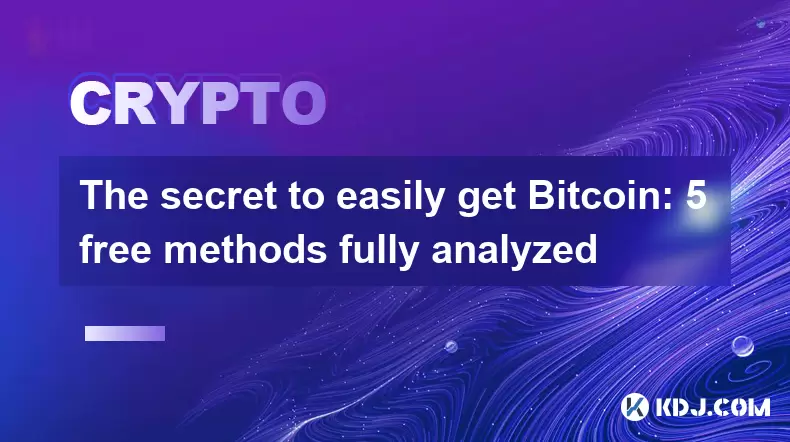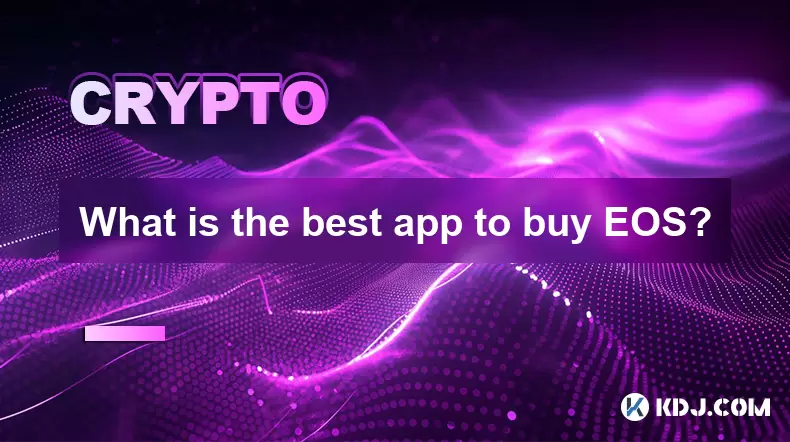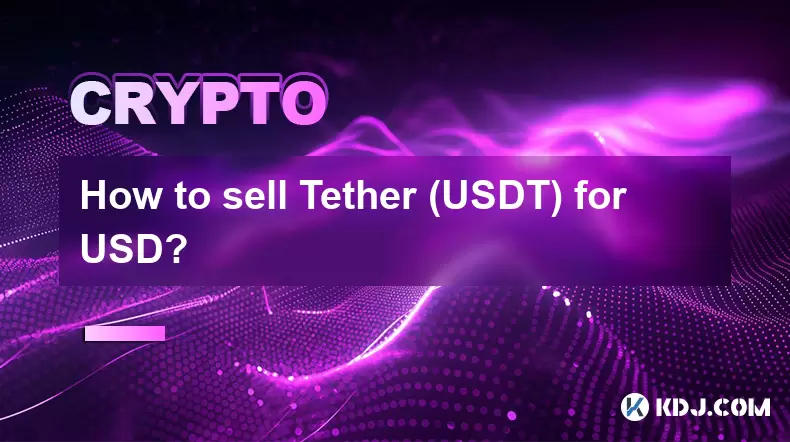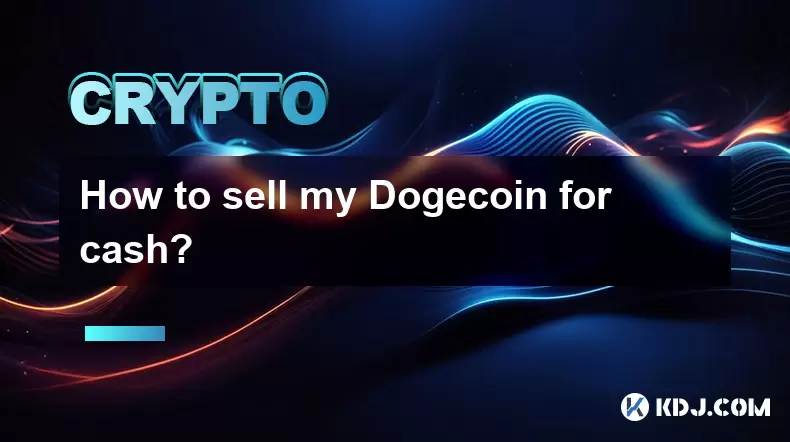-
 Bitcoin
Bitcoin $115000
0.88% -
 Ethereum
Ethereum $3727
2.86% -
 XRP
XRP $3.001
2.15% -
 Tether USDt
Tether USDt $1.000
0.03% -
 BNB
BNB $765.7
0.59% -
 Solana
Solana $169.5
3.52% -
 USDC
USDC $0.9999
0.00% -
 TRON
TRON $0.3391
1.24% -
 Dogecoin
Dogecoin $0.2059
2.68% -
 Cardano
Cardano $0.7418
2.24% -
 Hyperliquid
Hyperliquid $37.92
1.29% -
 Stellar
Stellar $0.4017
2.54% -
 Sui
Sui $3.508
2.67% -
 Chainlink
Chainlink $16.87
2.81% -
 Bitcoin Cash
Bitcoin Cash $569.4
2.08% -
 Hedera
Hedera $0.2472
0.22% -
 Ethena USDe
Ethena USDe $1.001
0.01% -
 Avalanche
Avalanche $22.29
1.22% -
 Litecoin
Litecoin $118.0
0.74% -
 UNUS SED LEO
UNUS SED LEO $8.924
-0.75% -
 Toncoin
Toncoin $3.236
1.65% -
 Shiba Inu
Shiba Inu $0.00001238
1.79% -
 Uniswap
Uniswap $9.827
3.02% -
 Polkadot
Polkadot $3.684
1.92% -
 Dai
Dai $1.000
0.01% -
 Monero
Monero $283.0
-2.73% -
 Bitget Token
Bitget Token $4.362
0.47% -
 Cronos
Cronos $0.1458
4.97% -
 Pepe
Pepe $0.00001054
2.58% -
 Ethena
Ethena $0.6238
9.53%
The secret to easily get Bitcoin: 5 free methods fully analyzed
You can acquire Bitcoin for free through faucets, referral programs, airdrops, cloud mining, and games, but earnings are typically small and require time and effort.
Jun 04, 2025 at 02:56 am

The allure of Bitcoin, the pioneering cryptocurrency, has captivated the interest of millions worldwide. While many are eager to dive into the world of digital currencies, the barrier to entry often revolves around the cost. However, there are several free methods that can help you acquire Bitcoin without spending a dime. In this article, we will explore five such methods, providing a detailed analysis of each to help you understand the secret to easily getting Bitcoin.
Method 1: Bitcoin Faucets
Bitcoin faucets are websites or apps that dispense small amounts of Bitcoin to users in exchange for completing simple tasks. These tasks can range from watching ads, solving captchas, or participating in surveys. The primary allure of faucets is their accessibility; anyone with an internet connection can participate.
To get started with Bitcoin faucets, follow these steps:
- Choose a reputable faucet: Research and select a faucet that has a good reputation and a history of timely payouts. Websites like Coinfaucet.io and Freebitco.in are popular choices.
- Sign up: Create an account on the chosen faucet. This usually involves providing an email address and setting up a password.
- Complete tasks: Engage in the tasks offered by the faucet. These can vary from site to site but are generally straightforward.
- Claim your Bitcoin: Once you've accumulated a certain amount, you can claim your Bitcoin. Most faucets allow you to withdraw to your personal Bitcoin wallet.
While faucets are a free way to acquire Bitcoin, it's important to note that the amounts earned are typically very small. It may take considerable time to accumulate a significant amount of Bitcoin through this method.
Method 2: Referral Programs
Many cryptocurrency platforms and services offer referral programs that reward users for inviting others to join. When someone signs up using your referral link and completes a specific action, such as making a deposit or trading, you receive a portion of Bitcoin as a reward.
Here's how to leverage referral programs:
- Find platforms with referral programs: Look for cryptocurrency exchanges, wallets, or other services that offer referral rewards. Examples include Coinbase and Binance.
- Sign up for an account: Register on the platform if you haven't already.
- Generate your referral link: Most platforms provide a unique referral link that you can share with others.
- Share your link: Distribute your referral link through social media, forums, or personal networks.
- Earn Bitcoin: When someone uses your link and meets the platform's criteria, you'll receive Bitcoin.
Referral programs can be a lucrative way to earn Bitcoin, but success depends heavily on your ability to attract new users. It's also crucial to ensure that the platform you're promoting is reputable and trustworthy.
Method 3: Airdrops
Airdrops are promotional events where new cryptocurrency projects distribute free tokens to users to increase awareness and adoption. While these tokens are often not Bitcoin, they can be traded for Bitcoin on various exchanges.
To participate in airdrops, follow these steps:
- Research upcoming airdrops: Websites like Airdrop Alert and CoinMarketCap list upcoming airdrops. Look for projects that seem legitimate and have a clear purpose.
- Sign up for the airdrop: Follow the project's instructions, which usually involve joining their Telegram group, following them on social media, or completing a simple task.
- Claim your tokens: Once the airdrop is complete, you'll receive the tokens in your designated wallet.
- Trade for Bitcoin: Use a cryptocurrency exchange to trade your airdropped tokens for Bitcoin.
Airdrops can be a great way to get free cryptocurrency, but it's essential to be cautious. Some airdrops may be scams designed to steal your personal information or funds.
Method 4: Mining with Free Cloud Mining Services
Cloud mining allows you to mine Bitcoin without the need for expensive hardware. Some cloud mining services offer free plans that allow you to earn small amounts of Bitcoin over time.
To start mining with free cloud mining services, do the following:
- Research free cloud mining providers: Look for providers that offer free plans. Eobot and FreeBitco.in are examples of platforms that offer free cloud mining.
- Sign up for an account: Register on the chosen platform.
- Start mining: Use the free plan to begin mining Bitcoin. Most platforms will automatically allocate your mining power.
- Withdraw your earnings: Once you've accumulated a certain amount of Bitcoin, you can withdraw it to your personal wallet.
Free cloud mining can be a way to earn Bitcoin without any upfront investment, but the returns are typically low. Additionally, be wary of scams in the cloud mining space, as some services may promise unrealistic returns.
Method 5: Playing Bitcoin Games
Bitcoin games are another fun and free way to earn Bitcoin. These games often reward players with small amounts of Bitcoin for completing in-game tasks or achieving certain milestones.
To start earning Bitcoin through games, follow these steps:
- Choose a reputable Bitcoin game: Look for games that have a good reputation and a history of paying out rewards. Examples include RollerCoin and Satoshi's Secret.
- Sign up for an account: Register on the game's website or app.
- Play the game: Engage in the game and complete the tasks required to earn Bitcoin.
- Withdraw your earnings: Once you've accumulated enough Bitcoin, you can withdraw it to your personal wallet.
While playing Bitcoin games can be an enjoyable way to earn cryptocurrency, the amounts earned are usually small. It's also important to ensure that the game is legitimate and not a scam.
Frequently Asked Questions
Q: Are these methods legal and safe to use?
A: Most of the methods described, such as Bitcoin faucets, referral programs, and airdrops, are legal and safe if you use reputable platforms. However, it's crucial to research and verify the legitimacy of any service before participating. Always use strong security practices, such as enabling two-factor authentication and using secure wallets.
Q: How much Bitcoin can I realistically earn using these free methods?
A: The amount of Bitcoin you can earn through these methods varies widely. Bitcoin faucets and games typically offer very small amounts, often measured in satoshis (the smallest unit of Bitcoin). Referral programs and airdrops can potentially yield larger amounts, but this depends on your ability to attract new users or the value of the airdropped tokens. Overall, these methods are best suited for earning small amounts of Bitcoin over time.
Q: Can I combine these methods to increase my earnings?
A: Yes, combining multiple methods can help you earn more Bitcoin. For example, you could participate in Bitcoin faucets, referral programs, and airdrops simultaneously. Just be sure to manage your time effectively and not spread yourself too thin, as some methods may require more effort than others.
Q: Do I need a Bitcoin wallet to use these methods?
A: Yes, having a Bitcoin wallet is essential for most of these methods. You'll need a wallet to receive and store the Bitcoin you earn. There are various types of wallets available, including software wallets, hardware wallets, and paper wallets. Choose a wallet that suits your needs and offers strong security features.
Disclaimer:info@kdj.com
The information provided is not trading advice. kdj.com does not assume any responsibility for any investments made based on the information provided in this article. Cryptocurrencies are highly volatile and it is highly recommended that you invest with caution after thorough research!
If you believe that the content used on this website infringes your copyright, please contact us immediately (info@kdj.com) and we will delete it promptly.
- IREN Overtakes: A New King in the Bitcoin Miner Hashrate Race?
- 2025-08-07 16:31:29
- Memecoins Mania: Whales Eye Pepe Dollar (PEPD) as Bonk Cools Off, While MoonBull Hogs the Spotlight!
- 2025-08-07 16:51:17
- Unilabs, PEPE, and Investment Risk: Navigating the Crypto Hype
- 2025-08-07 16:31:29
- Meme Coin Mania: Rug Pulls, CZ-Inspired Tokens, and the Wild West of Crypto
- 2025-08-07 16:57:14
- HashFlare Founders Face the Music: Jail Time Looms?
- 2025-08-07 14:30:12
- Pepeto's Pounce: Meme Coin Mania Meets Blockchain Infrastructure
- 2025-08-07 15:10:12
Related knowledge

What is the best app to buy EOS?
Aug 07,2025 at 04:35pm
Understanding EOS and Its Role in the Cryptocurrency EcosystemEOS is a blockchain platform designed to support decentralized applications (dApps) with...

How to sell Tether (USDT) for USD?
Aug 07,2025 at 03:29pm
Understanding Tether (USDT) and Its USD ValueTether (USDT) is a stablecoin designed to maintain a 1:1 value ratio with the United States Dollar (USD)....

How to sell my Bitcoincoin for cash?
Aug 07,2025 at 02:14pm
Understanding the Basics of Selling Dogecoin for CashSelling Dogecoin for cash involves converting your DOGE tokens into a fiat currency such as USD, ...

What is Chainlink (LINK)?
Jul 22,2025 at 02:14am
Understanding Chainlink (LINK): The Decentralized Oracle NetworkChainlink is a decentralized oracle network designed to bridge the gap between blockch...

What is Avalanche (AVAX)?
Jul 22,2025 at 08:35am
What is Avalanche (AVAX)?Avalanche (AVAX) is a decentralized, open-source blockchain platform designed to support high-performance decentralized appli...

What is Polkadot (DOT)?
Jul 19,2025 at 06:35pm
Understanding the Basics of Polkadot (DOT)Polkadot (DOT) is a multi-chain network protocol designed to enable different blockchains to transfer messag...

What is the best app to buy EOS?
Aug 07,2025 at 04:35pm
Understanding EOS and Its Role in the Cryptocurrency EcosystemEOS is a blockchain platform designed to support decentralized applications (dApps) with...

How to sell Tether (USDT) for USD?
Aug 07,2025 at 03:29pm
Understanding Tether (USDT) and Its USD ValueTether (USDT) is a stablecoin designed to maintain a 1:1 value ratio with the United States Dollar (USD)....

How to sell my Bitcoincoin for cash?
Aug 07,2025 at 02:14pm
Understanding the Basics of Selling Dogecoin for CashSelling Dogecoin for cash involves converting your DOGE tokens into a fiat currency such as USD, ...

What is Chainlink (LINK)?
Jul 22,2025 at 02:14am
Understanding Chainlink (LINK): The Decentralized Oracle NetworkChainlink is a decentralized oracle network designed to bridge the gap between blockch...

What is Avalanche (AVAX)?
Jul 22,2025 at 08:35am
What is Avalanche (AVAX)?Avalanche (AVAX) is a decentralized, open-source blockchain platform designed to support high-performance decentralized appli...

What is Polkadot (DOT)?
Jul 19,2025 at 06:35pm
Understanding the Basics of Polkadot (DOT)Polkadot (DOT) is a multi-chain network protocol designed to enable different blockchains to transfer messag...
See all articles

























































































